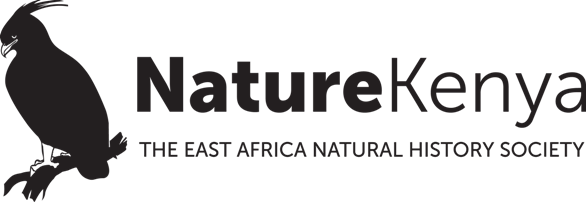By Milka Musyoki
As the first light of dawn breaks across the Tana Delta, Omar Ngama quietly adjusts his binoculars. This local community birder has witnessed something encouraging over the past few years: early signs that bird numbers, including migratory species, may be starting to recover along this stretch of Kenya’s coast.
“Yesterday, I saw some Yellow Wagtails in the restored grasslands,” Ngama recalls, his voice filled with cautious optimism. “We’re also seeing more Eurasian Bee-eaters during migration seasons. We cannot say for certain, but it seems the birds may be responding to our restoration work.”
Ngama is one of several community members monitoring sites across the Delta, tracking what appears to be the early stages of recovery at one of Kenya’s most important migratory bird stopover sites. Their careful observations are revealing an encouraging story of revival for both resident birds and the thousands of migratory species that depend on this ecosystem.
Ancient highways in the sky
Every year, millions of birds embark on epic journeys between their breeding grounds in Europe and Asia and their wintering areas in Africa. For centuries, the Tana Delta has served as a crucial rest stop along these ancient flight paths, where exhausted travellers find food, water and shelter before continuing their marathon journeys.
The Delta’s unique mix of wetlands, forests, woodlands and grasslands creates perfect stopover conditions for different species. Its grasslands provide crucial foraging areas for migrating birds like Yellow Wagtails, Eurasian Bee-eaters and various birds of prey, whilst wetlands teem with terns, sandpipers, plovers and other wading birds.
“Think of it like a service station on a very long motorway,” explains Paul Gacheru, Species and Sites Conservation Manager at Nature Kenya. “Migratory birds fly for thousands of kilometres and still have thousands more to go. Without places like the Tana Delta, many wouldn’t survive the journey.”
The Tana Delta is just one critical link in a vast network of stopover sites stretching from the Arctic to southern Africa. Recognised as both a Key Biodiversity Area and a Ramsar site (a wetland of international importance), the Delta’s global significance is well established. But habitat loss poses one of the greatest threats these ancient avian travellers face. The destruction of wetlands, forests and grasslands for agriculture, development or infrastructure can be devastating. A single critical stopover site lost can break the chain of migration.
The stopover degraded
The Delta faced mounting threats: proposed major developments, uncoordinated governance, resource over-exploitation, poor land use practices, encroachment, unsustainable agriculture, resource conflicts, diminishing water supplies and climate change. These combined pressures degraded the key habitats that birds and other wildlife depended upon, causing once-vibrant flocks to dwindle.
A solution came through developing a participatory land use plan, completed in 2015, to guide policy and decision-making. In 2019, the Tana Restoration Initiative (TRI) project, funded by the Global Environment Facility through the United Nations Environment Programme and implemented by Nature Kenya, began supporting community-driven restoration efforts.
Instead of dictating solutions, the project asked communities what they needed and how their traditional knowledge could guide restoration efforts.
Ngama was among the first volunteers to join his village’s Natural Resource and Land Use Committee. “I grew up seeing birds, but I never understood how important our Delta was to birds from so far away,” he says. “Learning about their migration patterns changed everything. These aren’t just ‘our’ birds – we’re caring for birds that belong to the whole world.”
The restoration work focuses on habitat improvements benefiting communities, migratory birds and the Delta’s broader wildlife. Communities now collect tree and grass seeds, then plant them in degraded landscapes using methods passed down through generations.
“We know what grows well in our landscapes, and when to plant for the best success. The TRI project enhanced the indigenous knowledge we already had,” says Namkuu Dara, a community leader from Ozi.
To date, a total of 10,467 hectares of degraded landscapes, including grasslands and forests, have been restored.
The feathered travellers’ return
While it’s early to gauge the full impact of restoration activities on migratory bird numbers, Ngama remains optimistic. As he packs away his binoculars after another morning of monitoring, he reflects on what the gradual return of migrants might mean.
“These visiting birds have been making their journeys for thousands of years,” Ngama concludes. “If our restoration work helps even some of them continue making it for thousands more, we’re part of something much bigger than just our Delta.”
The Tana Delta’s story demonstrates how local communities can become vital links in a global conservation network. The real success lies not just in returning bird numbers, but in communities understanding their role as custodians of one crucial stop along these ancient highways in the sky.
